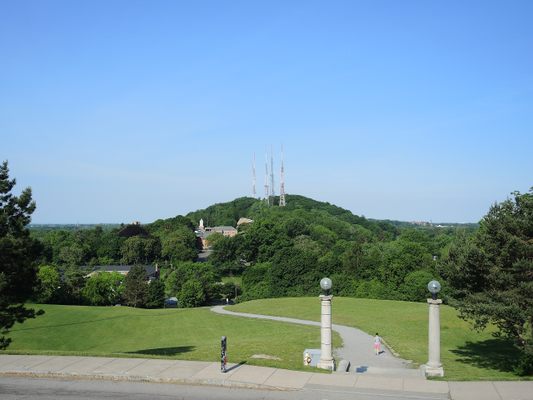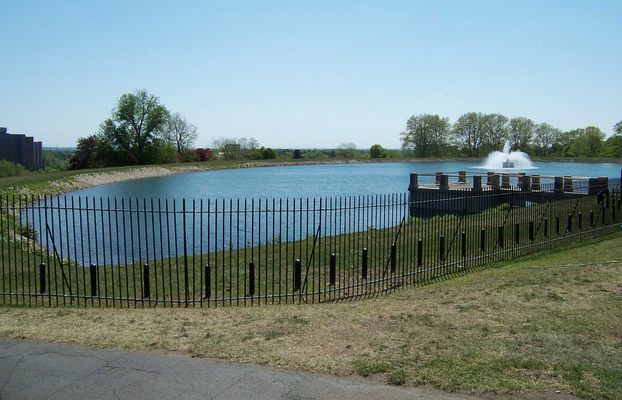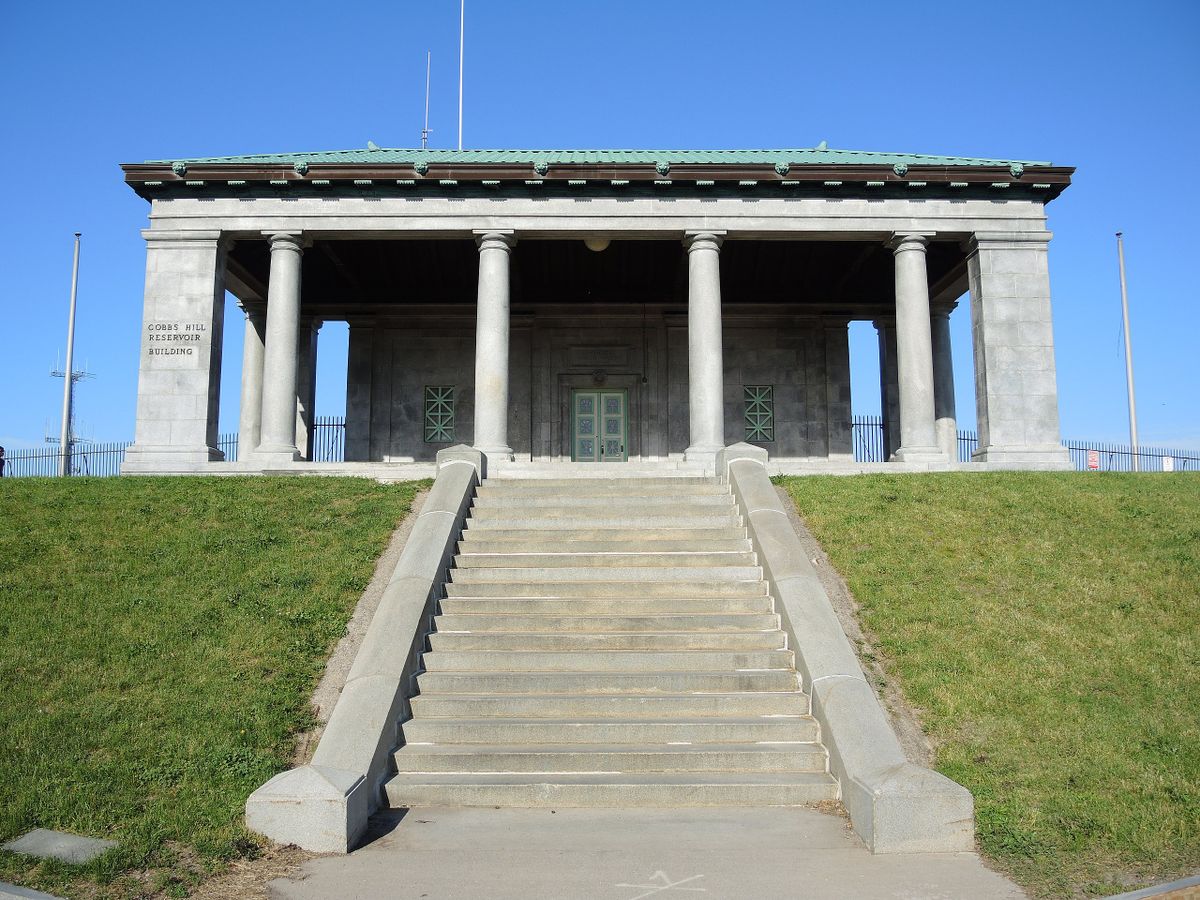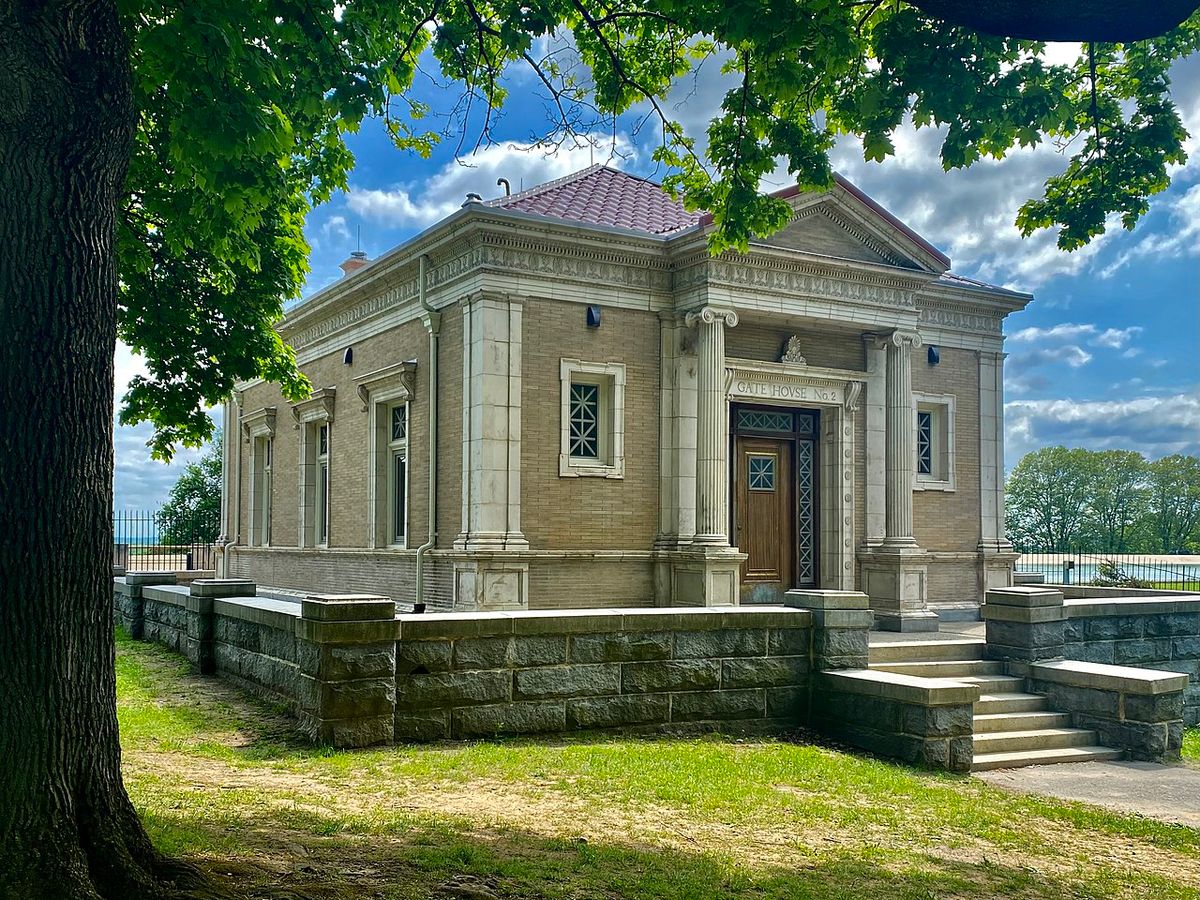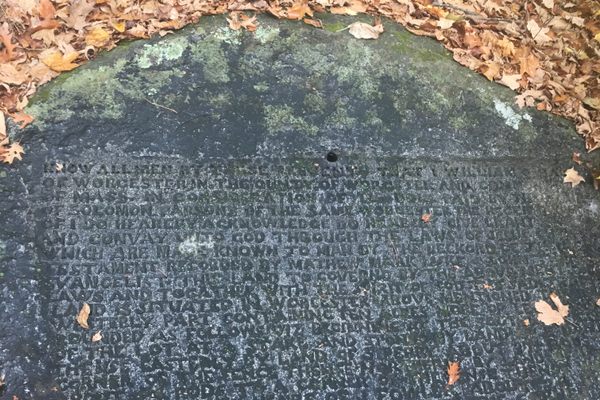About
In the 19th century, western upstate New York was known as the Burned-Over District because it was home to so many religious movements including the Latter Day Saints, Millerites, Shakers, Fox Sisters Séances, Seventh Day Adventists, and the Oneida Utopia.
William Miller, a Baptist preacher, attracted between 50,000 and 100,000 believers with fiery sermons predicting Christ’s return, the ascension of his followers, and the end of the world, which he believed was coming quite soon. Miller had spent two years studying scripture and calculated that the second coming of Christ and the end of the natural world would occur in 1843.
But when 1843 came and went without incident, Miller declared that he had made a mistake—not in his prediction of the end of the world, simply in his determination of when it would happen. According to new calculations, the second coming would take place on October 22, 1844.
In a pre-Apocalyptic fervor, many of Miller's followers across New England and Upstate New York sold or gave away their worldly possessions and prepared for the end. They gathered at Cobb’s Hill, which had been a traditional site of Easter services, and provides a lovely view of downtown Rochester and is now the site of a reservoir and park.
A large crowd of Millerites came together to watch the end of the world that night. (Though some stories say that the crowds were dressed in white "ascension robes” and planned to fly up to meet the Lord were likely exaggerations.) When the end of the world did not occur, they came down from the hill in what is now known as the Great Disappointment.
The end finally found William Miller on December 20, 1849, when he died at the age of 67 years old.
Related Tags
Published
May 5, 2023
Sources
- https://www.newyorkalmanack.com/2018/12/the-end-is-near-william-millers-apocalypse/
- https://www.rochestercontemporary.org/home-of-the-spiritual-telegraph-rochester-at-the-intersection-of-science-and-belief/
- https://lineagejourney.com/read/a-snapshot-of-the-millerite-movement-1839-1844/
- https://talkerofthetown.com/2016/10/22/172-years-ago-when-the-millerites-trudged-down-cobbs-hill/
- https://talkerofthetown.com/2015/10/19/on-the-22nd-of-october-1844-on-top-of-cobbs-hill/
